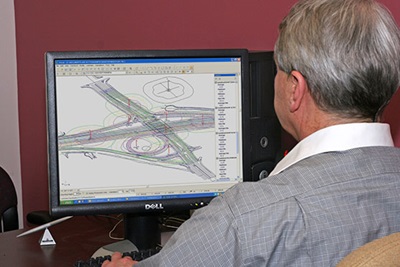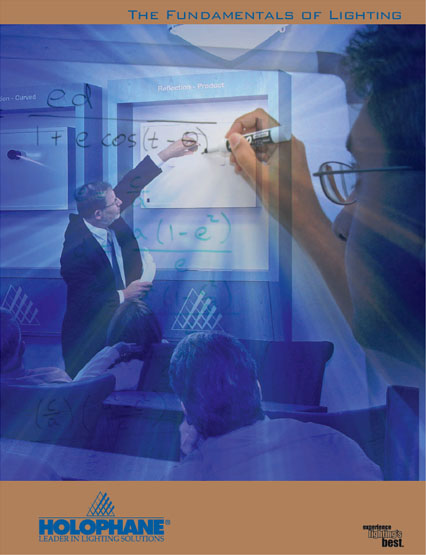Lighting Fundamentals
Illuminance is light falling on a surface measured in footcandles. Distributed with an economic and visual plan, it becomes engineered lighting and, therefore, practical illumination.

What Are a Lighting Designer's Objectives?
A lighting designer has four major objectives:
- Provide the visibility required based on the task to be performed and the economic objectives.
- Furnish high-quality lighting by providing a uniform illuminance level and by minimizing the negative effects of direct and reflected glare.
- Choose luminaires aesthetically complementary to the installation with mechanical, electrical and maintenance characteristics designed to minimize operational expense.
- Minimize energy usage while achieving the visibility, quality and aesthetic bjectives.

Solution to a Design Problem
There are two parts to the solution of a design problem. One is to select luminaires that are designed to control the light in an effective and energy-efficient manner. The other is to apply them to the project with all the skill and ingenuity the designer can bring to bear from his or her own knowledge and all the reliable sources that are available.
This primer has been developed to give the designer a useful summary of basic lighting principles. It provides important data and practical information on how to apply them. It offers the assistance of the Holophane technical sales force, which has Visual® application software and the Visual Economic Tool for economic analysis at its disposal. The facilities and staff of the Holophane technical support group are also available.
In addition, it prefaces a selection of quality lighting products that use the best design and manufacturing techniques of illumination science and technology available today. Their use assures the ultimate in lighting quality, economy, light distribution, energy efficiency and glare control.



